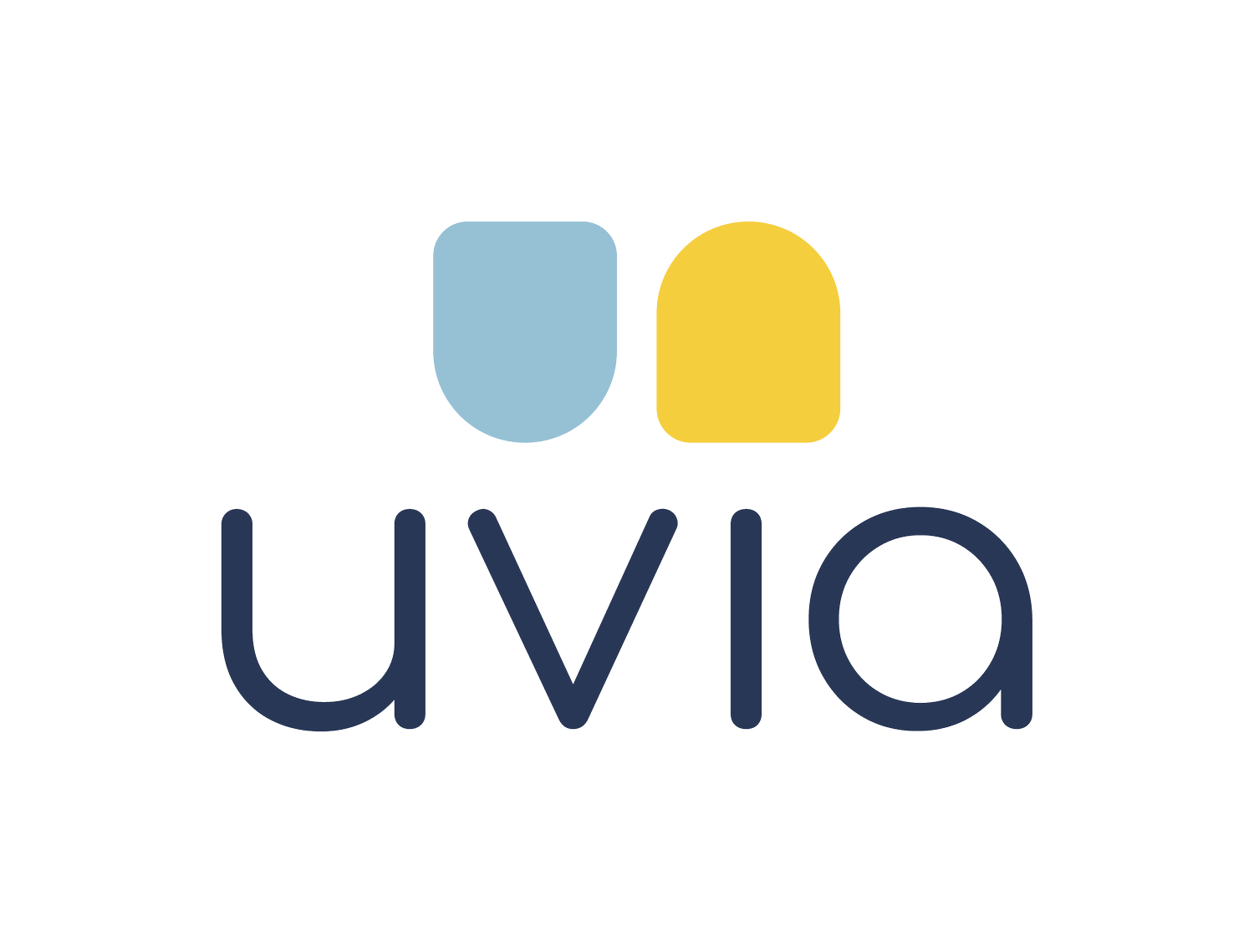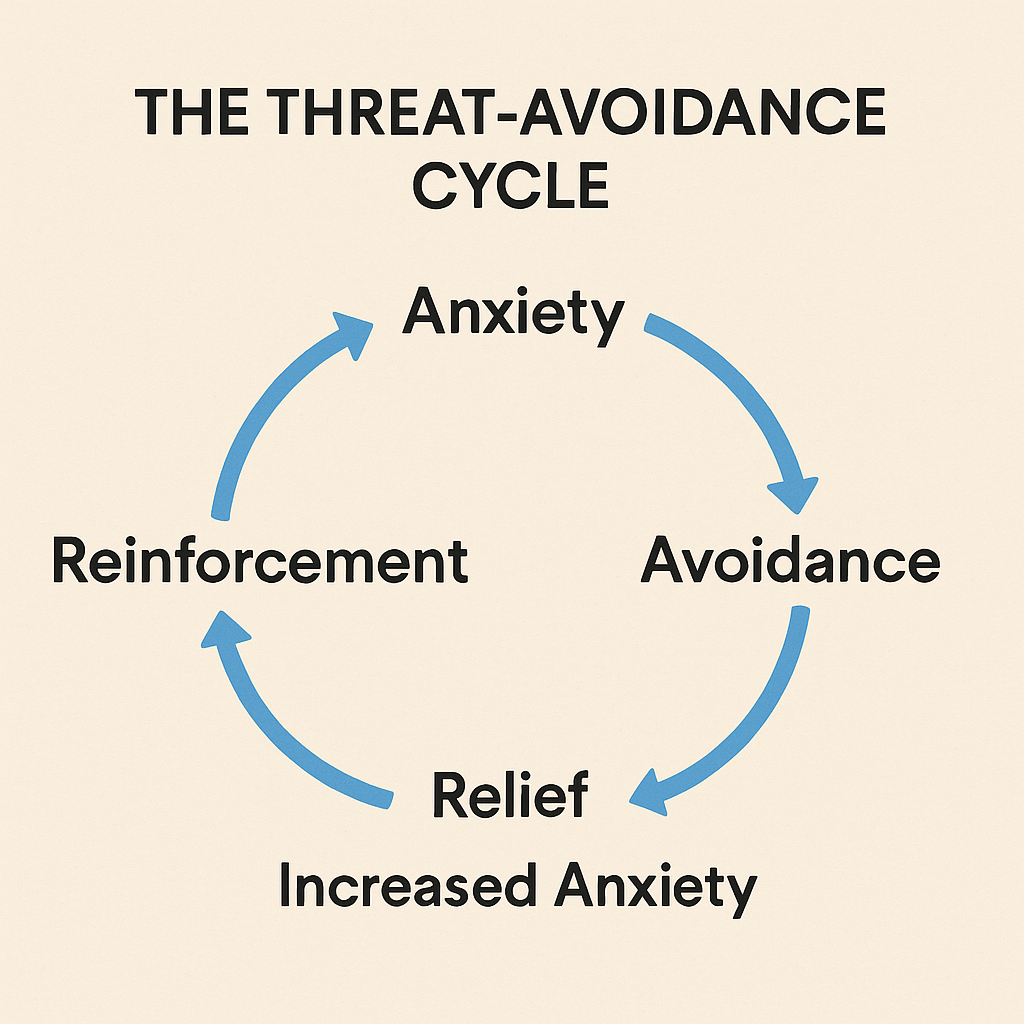The Psychology of Avoidance: Why We Put Things Off (and What to Do Instead)
You need to send that email, attend that meeting, pay that bill — but somehow, you keep putting it off. The longer you avoid it, the more anxious or guilty you feel.
Sound familiar?
Avoidance is one of the most common patterns in mental health — and one of the most misunderstood. It’s not laziness. It’s not a lack of motivation. It’s usually fear. And the more we avoid something, the bigger and scarier it starts to feel.
At Uvia, we help you break this cycle with tools grounded in psychology, not shame. Let’s look at how avoidance works — and how you can face it, one step at a time.
Why Do We Avoid Things?
Avoidance is a natural response to discomfort. When something feels threatening — like a tough conversation, an overwhelming task, or even checking your bank account — your brain hits the panic button.
The threat-avoidance cycle looks like this:
You feel anxiety or dread.
You avoid the task.
You feel temporary relief.
The avoidance gets reinforced.
The task feels even harder next time.
Every time you dodge something, you teach your brain that it was dangerous — even if it wasn’t. This slowly erodes your confidence and makes the fear grow.
How Avoidance Shows Up
Avoidance doesn’t always look like running away. It can be subtle:
Scrolling instead of starting a task
Over-preparing but never executing
“Waiting until I feel better”
Telling yourself, “I’ll do it tomorrow” — again and again
Avoidance shows up in anxiety, perfectionism, procrastination, depression, and trauma. It’s not always the root cause, but it often keeps us stuck.
Why Avoiding Makes It Worse
In the short term, avoidance brings relief. But in the long term, it keeps the fear alive.
By never facing the thing you fear, your brain never gets a chance to learn that you can handle it. You miss the opportunity to build evidence against the worst-case scenario — and that keeps you stuck in a loop.
The solution? Not brute force, but gentle action.
How Uvia Helps You Break the Cycle
At Uvia, we use science-backed methods from Cognitive Behavioural Therapy (CBT) to help you face what you’ve been avoiding — safely and gradually. Here’s how:
✅ Break it into tiny steps
We help you shrink your task down to the smallest possible action — like opening the email or writing just one line.
✅ Track your thoughts and emotions
Before you act, we help you predict how you’ll feel. Afterward, you reflect on what actually happened. This helps rewire unhelpful beliefs with real-world data.
✅ Celebrate every small win
You don’t need to be perfect — you just need to start. Small wins build confidence over time.
✅ Learn to sit with discomfort
You don’t need to feel “ready” to take action. We help you practice tolerating discomfort so it doesn’t control you.
Real-Life Examples
Here’s what real avoidance work looks like in the Uvia app:
Email anxiety:
“If I reply, they’ll be upset.”
→ Step 1: Read the email. Step 2: Draft one line. Step 3: Review and send.
Social avoidance:
“If I go to the event, I won’t know what to say.”
→ Step 1: Attend for 15 minutes. Step 2: Talk to one person. Step 3: Reflect.
Health anxiety:
“If I don’t Google this symptom, I might miss something.”
→ Step 1: Delay Googling for an hour. Step 2: Rate your anxiety. Step 3: Reflect.
You Are the Therapist-in-Training
Most mental health apps give advice. Uvia gives you skills.
We don’t just want you to cope. We want you to understand yourself — how your thoughts work, how patterns get reinforced, and how to shift them with compassion and evidence.
Because real change doesn’t come from pushing through. It comes from learning how to gently challenge your fears — and giving your brain the chance to believe something new.
Ready to take that first step?
Open Uvia and try breaking down the task you've been avoiding. No pressure. Just curiosity. Let’s make your brain your ally — one experiment at a time.


